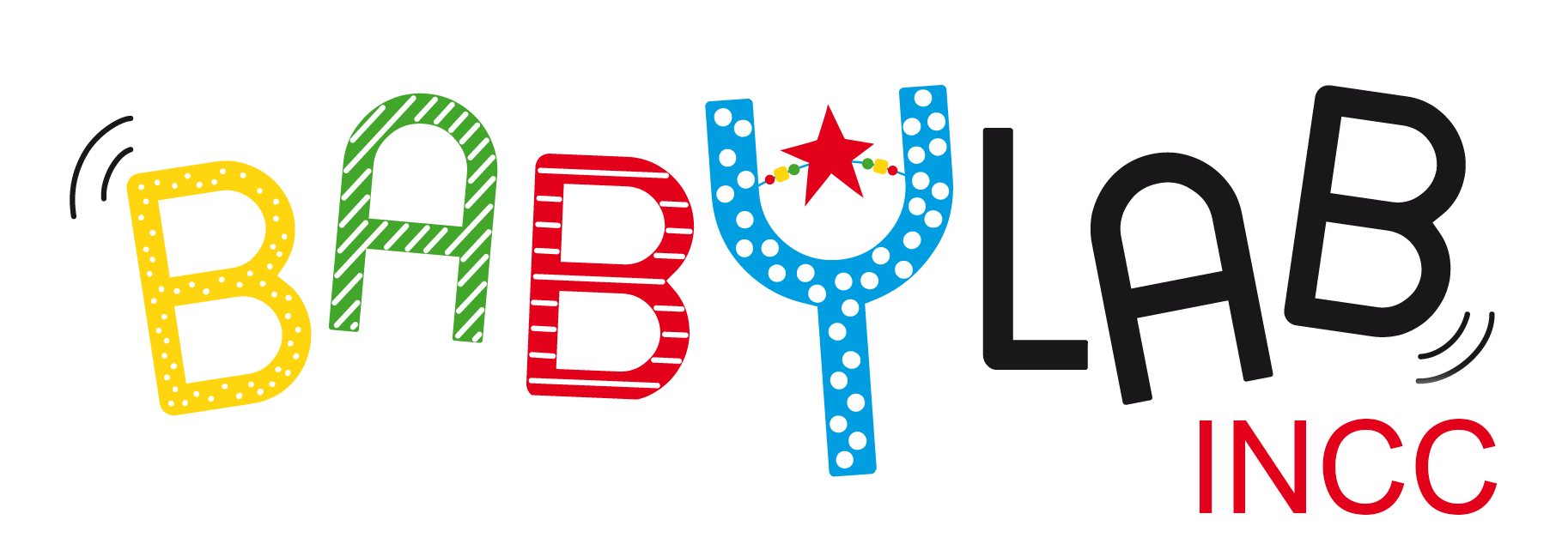Language acquisition is a key aspect of human development, predicting later school achievements. Phonology and the lexicon both start being acquired early, around 6 months of age. In this project, we test the proposal that a crucial milestone in language acquisition is reached when infants discover which sounds (consonants versus vowels) are more important at the lexical level in their native language, leading to an acceleration of subsequent vocabulary development. This project originates in the fact that across many languages, including English and French, consonants are more important at the lexical level than vowels (called consonant bias, or C-bias). However, previous developmental and crosslinguistic work showed that this C-bias is acquired, and can lead to a consonant or vowel bias depending on the properties of the native language (the Sound-of-Words bias). Here, we investigate the acquisition of the C-bias in French in three different developmental populations (monolingual infants born at term; bilingual infants born at term; monolingual and bilingual preterms), tested at the age of 12 months, when they start saying their first words. Using the high-density event-related potential (ERP) technique, we will first specify the brain mechanisms underlying this bias (in terms of timing, scalp localization, polarity and amplitude of the observed responses following the presentation of known words, C- and V-mispronunciations of these words, and pseudowords). Second, in a longitudinal follow-up, we will use parental questionnaires evaluating the later linguistic and cognitive development of these infants to test the prediction that the acquisition of this bias specifically accelerates subsequent vocabulary development. A better understanding of this Sound-of-Words bias will inform us on key theoretical issues in developmental psychology, such as the articulation of nature and nurture in language development, the integrative acquisition of different linguistic levels, and the cascading nature of acquisitions over time. Applied implications include setting up targeted remediation and education procedures.


